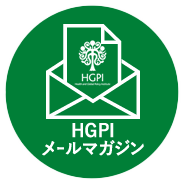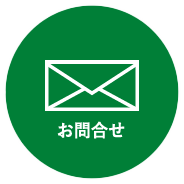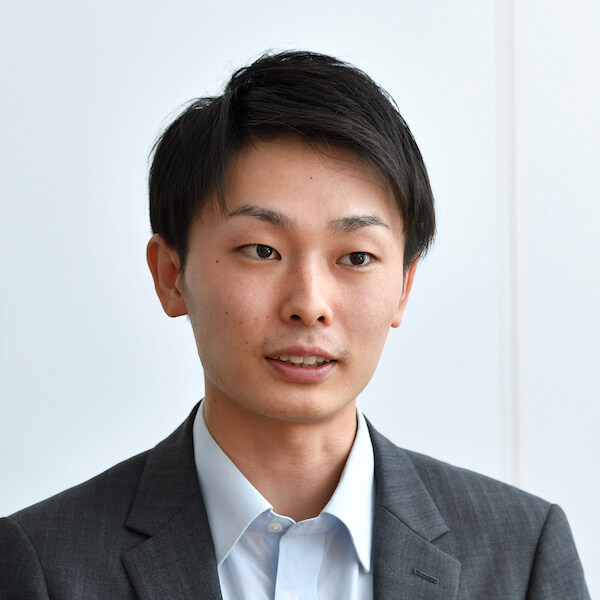
Published : 11/11/2022
My first encounter with healthcare was through sports
My first encounter with healthcare was through sports
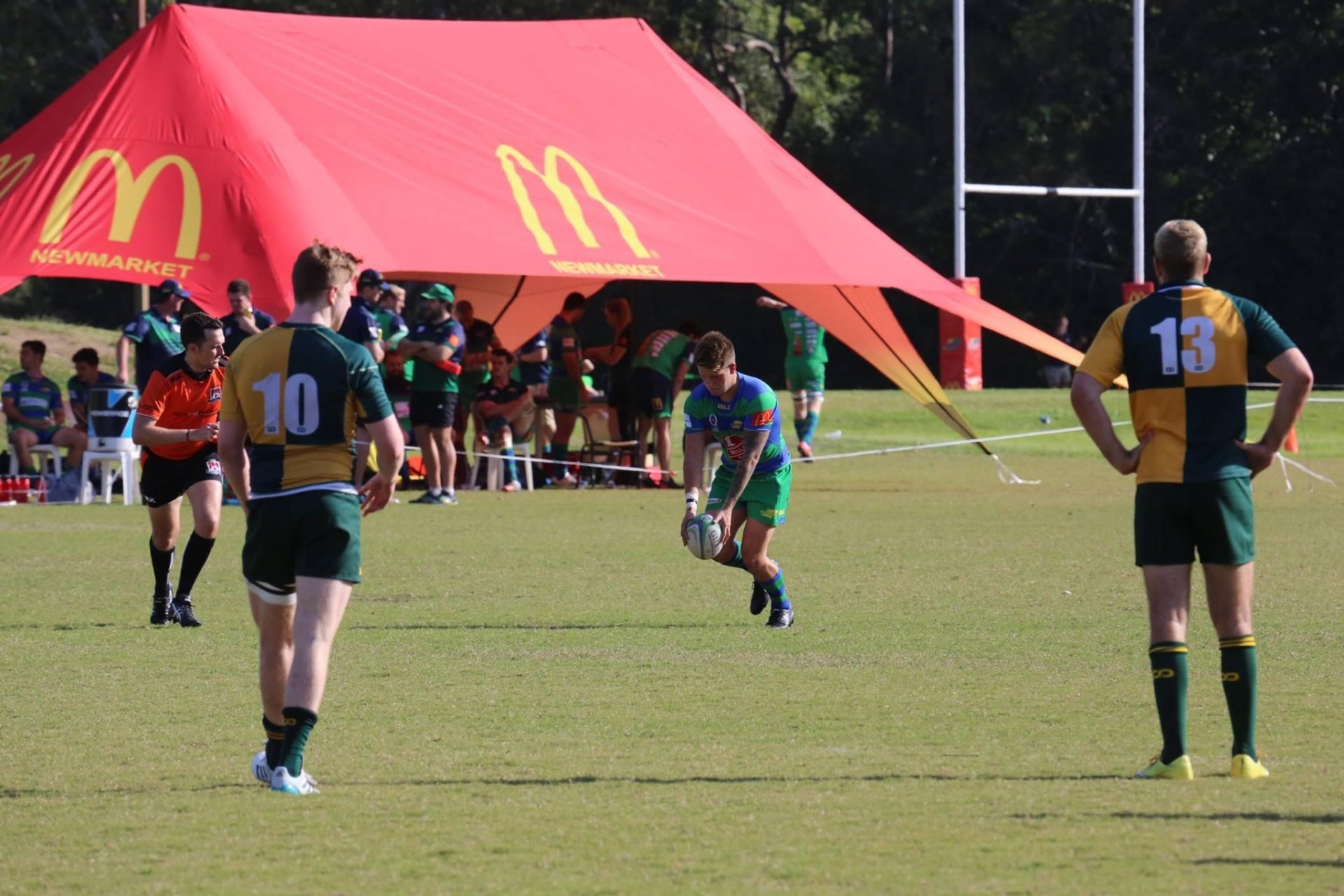
Did you know there is a field of medicine called “sports medicine”? I struggled with chronic injuries while playing for my school sports clubs from elementary school through high school, so I had many opportunities to receive support from healthcare professionals and athletic trainers. This is the reason I first took an interest in healthcare.
The high school I attended had certified athletic trainers on staff. As a member of the soccer team who was prone to injury, I often relied on their support. There was one trainer whose support was outstanding. They happened to have the “Athletic Trainer Certified” (ATC) credential from the U.S. National Athletic Trainers’ Association (NATA), which is rare in Japan. The support they provided was completely different from support I had received in the past at facilities like hospitals and osteopathic clinics. This made me want to learn more about NATA certified Athletic Trainers (ATs). When I looked into it, I learned there were major differences between Japan and the U.S. with regards to sports medicine.
In the U.S., ATs provide specialized medical support to athletes and their position is recognized as a medical profession by the American Medical Association (AMA), so it is safe to say that sports medicine is well-established as a medical specialty in the U.S. ATs provide all forms of support that athletes need, from providing first aid and emergency response when an accident occurs on the field, to helping injured athletes return to competition. They also provide comprehensive rehabilitation that includes injury management after an athlete returns to competition as well as health management, particularly for injury prevention.
The situation is different in Japan. Although there are private organizations that certify athletic trainers, they are not considered medical professionals, and you rarely see them outside of professional sports.
As I grew more aware of the differences between Japan and the U.S., I began to want to create an environment in which athletes can participate in sports with peace of mind in Japan, as well.
Visiting Ireland to learn about conditions abroad outside of the U.S.
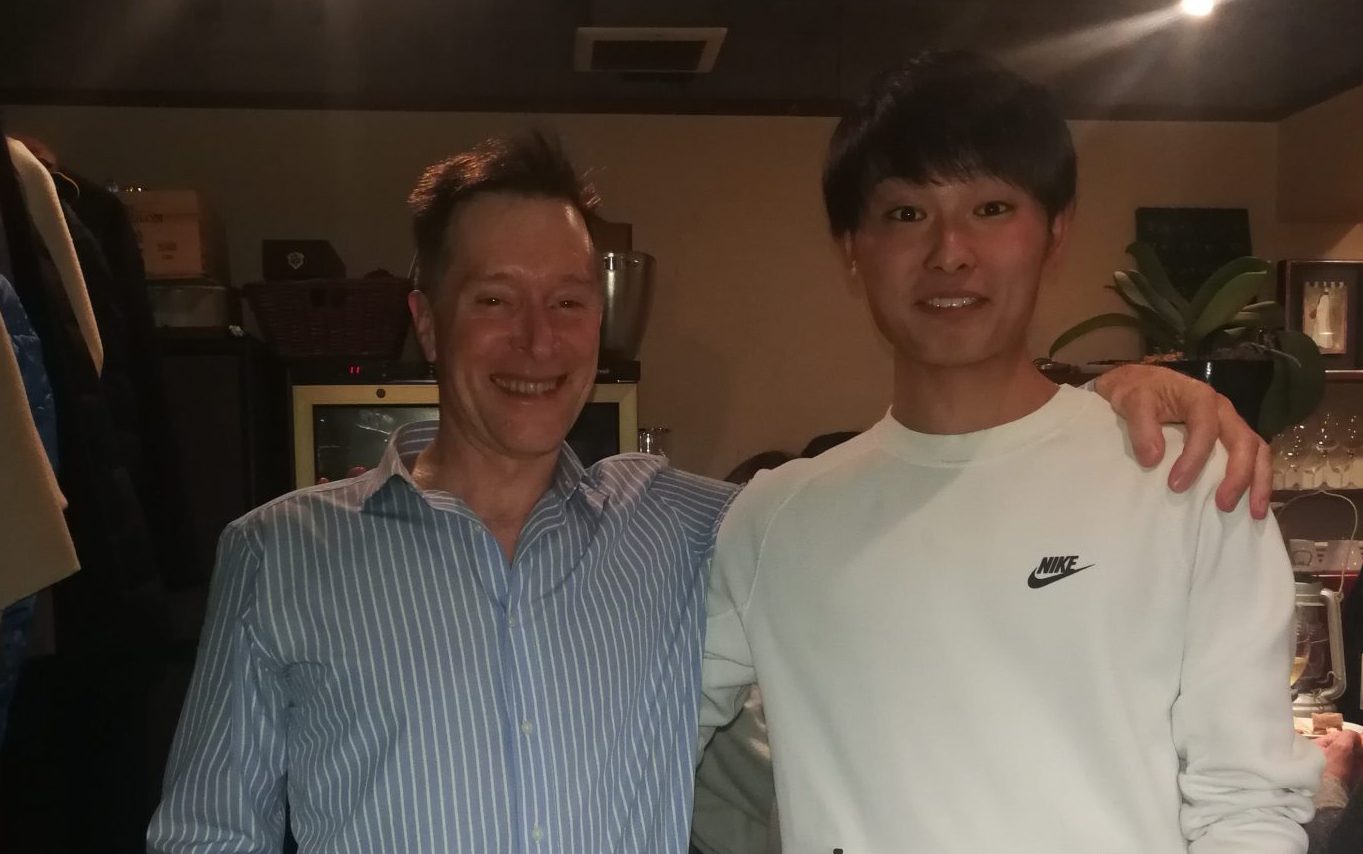
After graduating high school, I entered the School of Sport Sciences at Waseda University. There, I enrolled in a course for trainers that covered injury prevention, rehabilitation, training, and conditioning. The course was based on medicinal science and covered everything from theory to practical technique. My original plan, at the time, was to go study in the U.S. after graduating from university, become a certified AT, and then return to Japan to work in sports medicine.
However, I actually ended up going to Ireland upon graduation. That was because of something that had happened in my third year of university, when I was visiting Stanford University on a three-month internship. While discussing sports medicine with specialists in the field from other countries who were also visiting Stanford University, I began to wonder, “The U.S. has a different healthcare system and culture from Japan, so will practices learned here really be effective in Japan?”
This question led me to visiting countries other than the U.S. so I could learn more about sports medicine around the world. As the first step, I chose to visit Ireland to serve at an on-campus sports clinic while learning English.
Participating in sports medicine in clinical settings in multiple countries
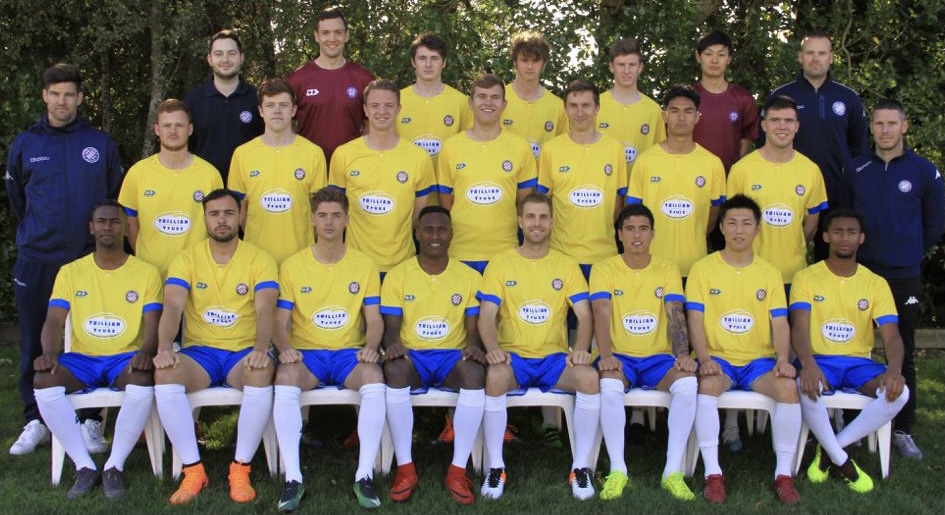
Although it was only for eight months, the sports medicine I encountered while studying abroad in Ireland was completely different than in the U.S. For example, unlike in the U.S., there is no national certification for athletic trainers in Ireland. Instead, sports medicine was mainly provided by physical therapists who provided support to athletes during athletic competitions.
After seeing how Japan, the U.S., and Ireland were different, I naturally wanted to learn more about sports medicine and healthcare systems in other countries. So, I decided to drop my plans to study in the U.S. Instead, I went to Australia, where I worked for a rugby team in 2017 and 2018; and then to New Zealand, where I worked for a soccer team in 2019.
After serving in sports medicine in multiple countries, I started to think that differences among healthcare systems may be what causes differences in systems for responding to accidents during athletic competitions, or in healthcare and support available to people struggling with injuries or pain. This made me develop an interest in health policy.
I joined HGPI after discovering it through its blog and social media presence
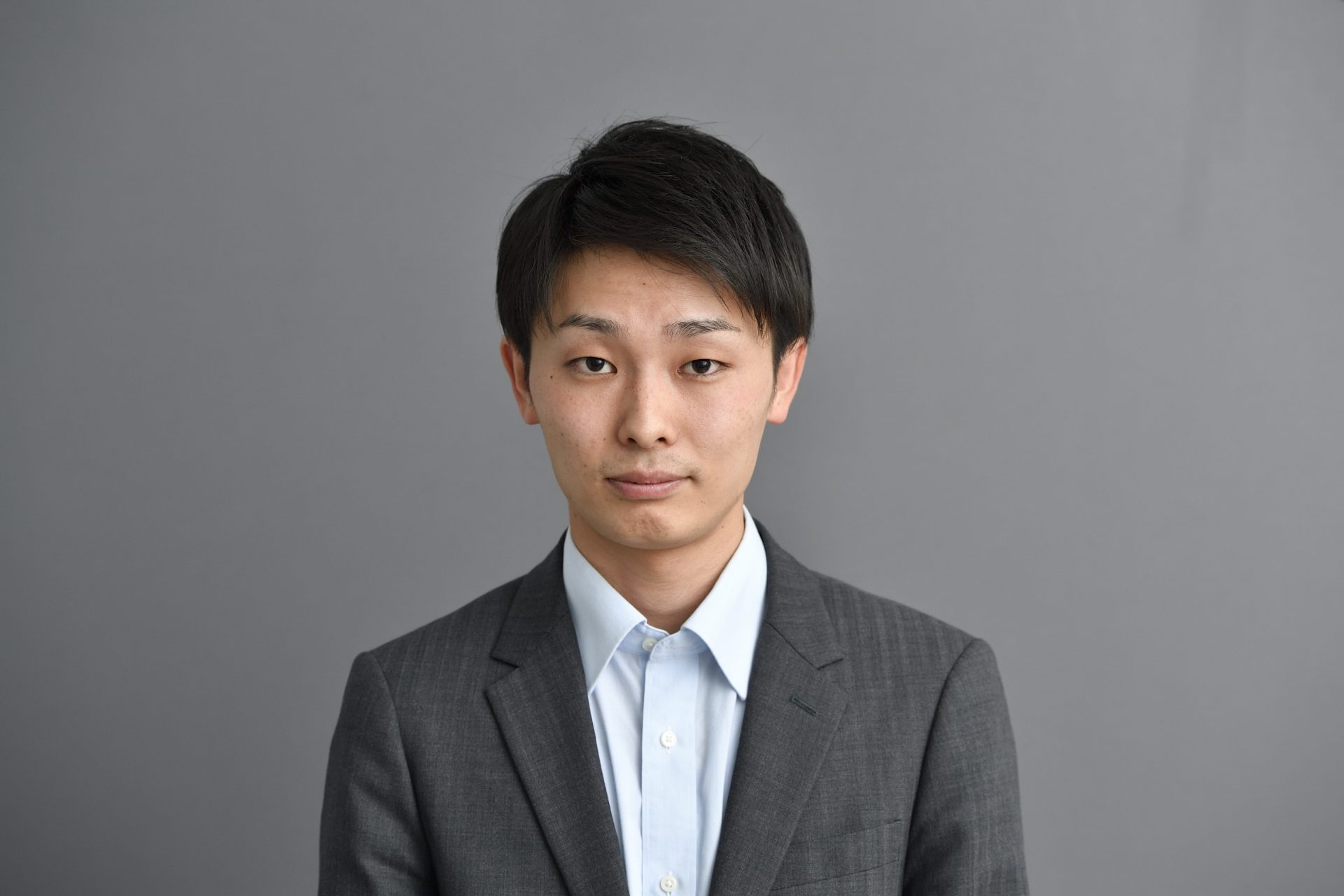
I began to explore options for a major career change, and started reading books and blogs related to health policy. I found posts on blogs and social networks from Professor Yusuke Tsugawa, who serves as a director of HGPI, to be particularly helpful. That was how I first learned of the existence of HGPI. I applied to join HGPI in spring of 2020 and was accepted. My primary motivation for doing so was because I wanted to do work that is related to health policy.
But, the truth is, I had actually planned to pursue a Master of Public Health degree in the U.K. in September 2020, so I ended up joining HGPI with a temporary contract. Then, it became possible for me to attend graduate school remotely due to the COVID-19 pandemic, so I was given the option of going to the U.K. to study, or to study online and stay in Japan. I did not want to leave my post at HGPI, so I discussed the situation with a supervisor. To my surprise, I was presented with the option of studying for my degree while continuing to work. Of course, I immediately chose to stay in Japan and enrolled in the online program. I am now working at HGPI four days per week, which allows me to balance work and school.
HGPI is a place where people can consult others on career development
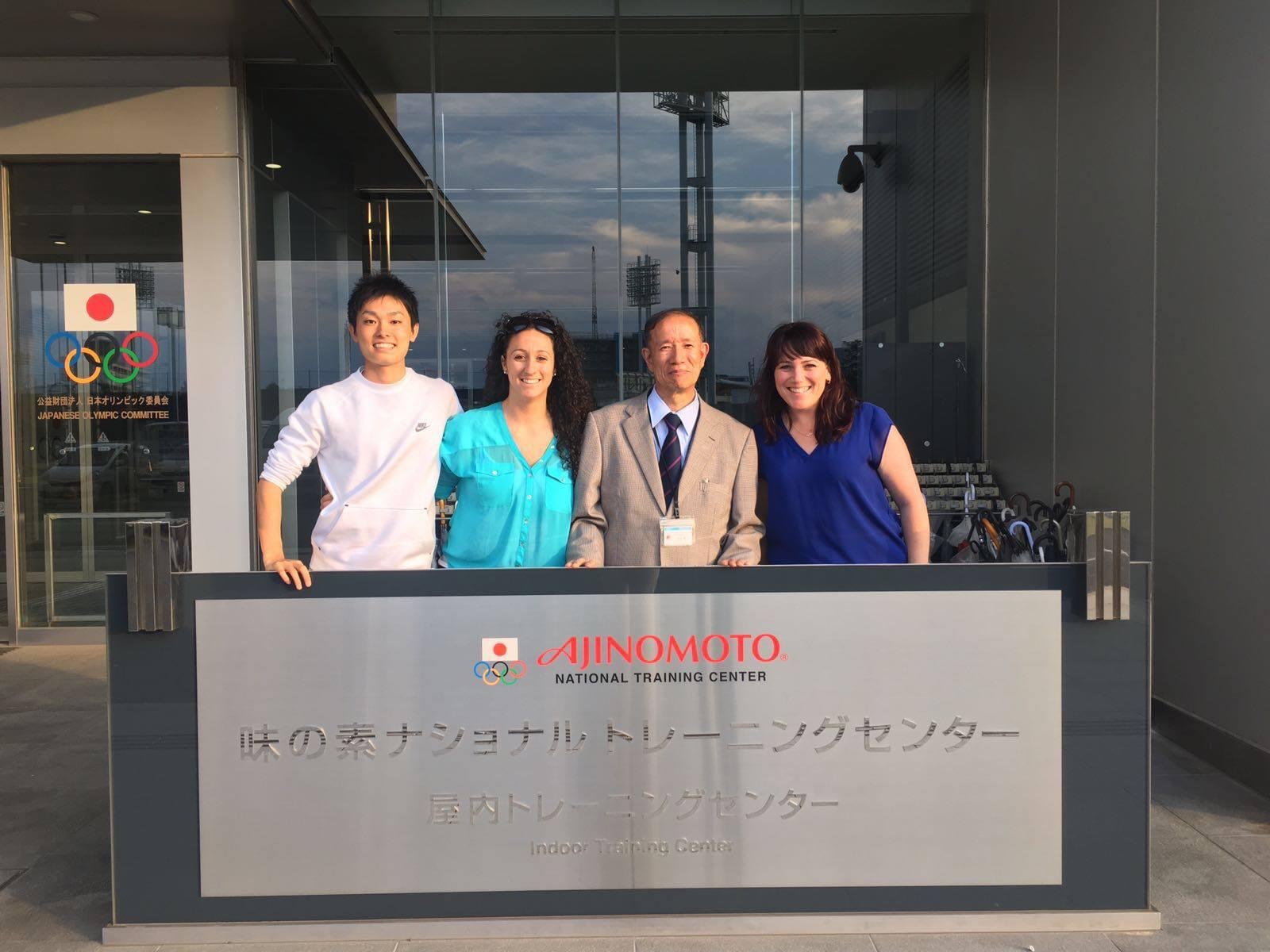
The work at HGPI is very stimulating. It has provided ample opportunities to talk to many stakeholders and experts I have never been involved with before. For someone like me, who originally served in clinical settings, it has provided a stream of experiences that continue to broaden my horizons. In addition, perhaps due to the fact that HGPI’s staff have a variety of backgrounds, there are many situations in which my own shortcomings are highlighted, so each day brings new lessons. Being in such an environment has made me want to conduct research in more specialized fields related to health policy, and now I am wondering what steps to take next to advance my career, including enrolling in a doctoral program.
One topic I am interested in is providing support to people who already have injuries, like those who did not originally experience so much pain it required a hospital visit, but are still in pain, or those whose symptoms did not clear up even after hospital treatment. In addition, I also want to become a person who can take the appropriate policy approach for issues in areas adjacent to healthcare, such as in preventive healthcare, occupational health, and long-term care.
Although I am uncertain as to how I want to advance my career, I have an excellent counselor in the form of HGPI. At HGPI, I can easily go to my supervisors and colleagues for advice on career development, who can talk with me about changing jobs or pursuing further education. I am unsure about my specific career path in the future, but as I continue working at HGPI, I am certain I will be able to find a path that will allow me to make the most of my past experiences both in the clinic and in the field of health policy.

